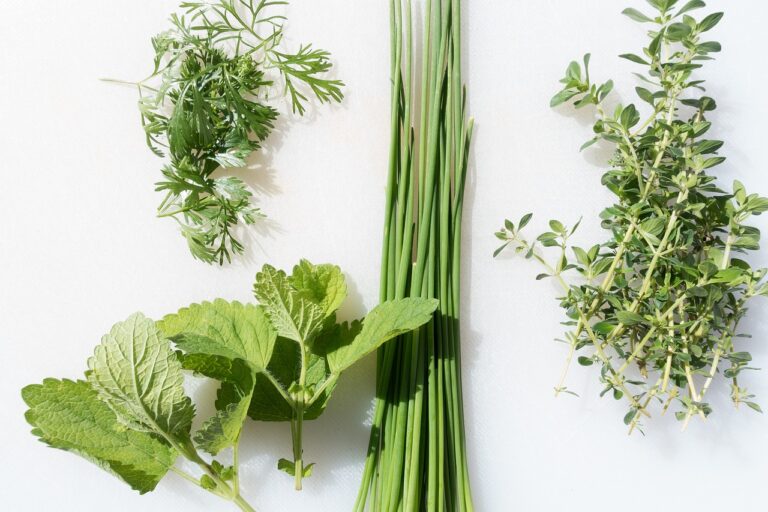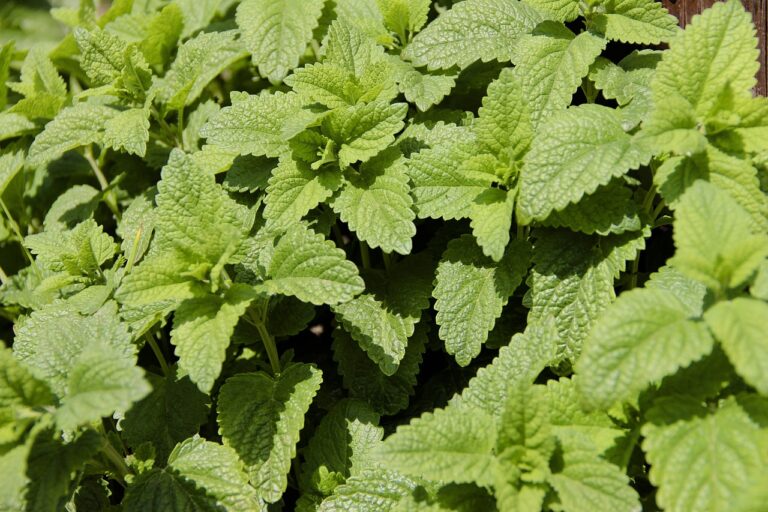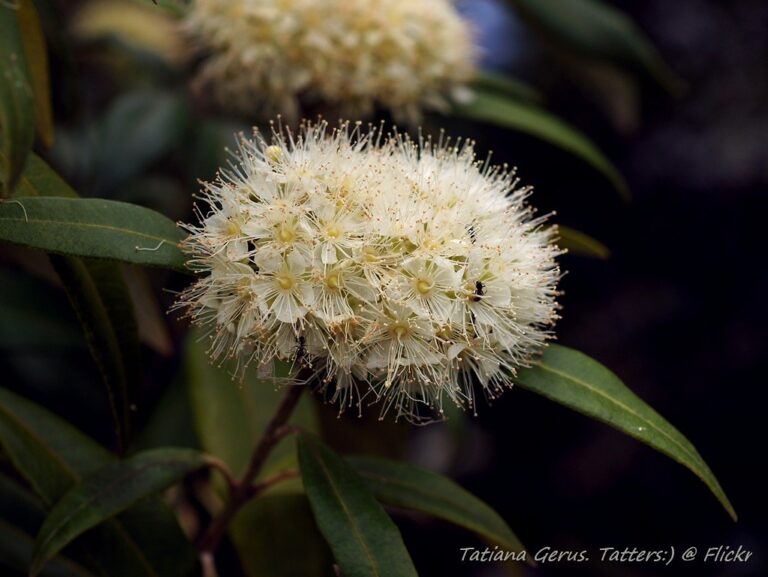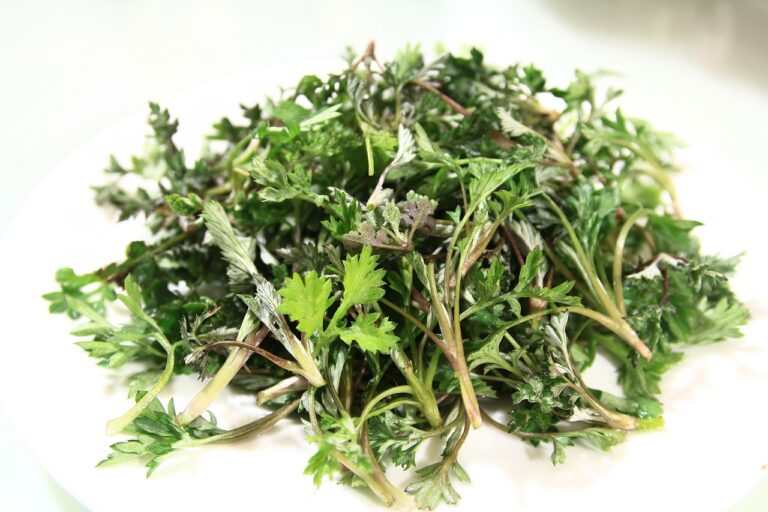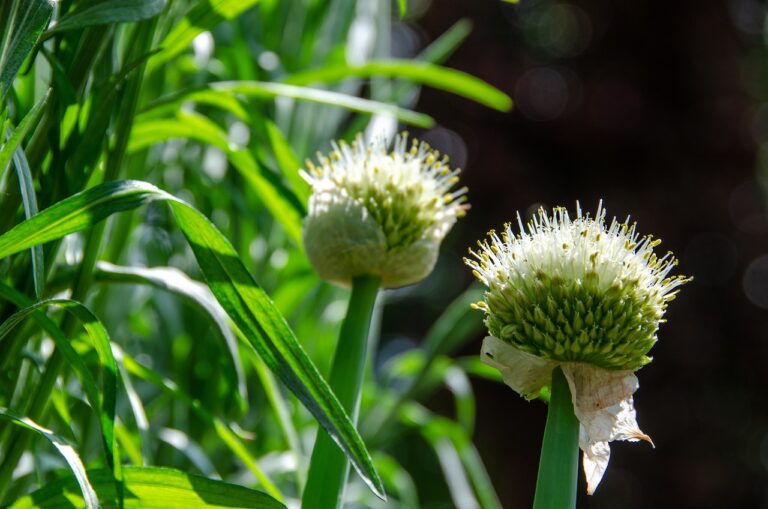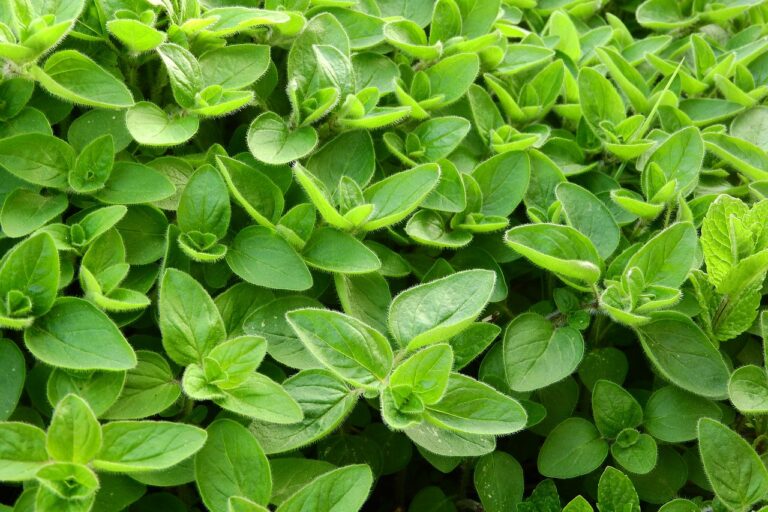Thyme
Are you looking to add a touch of flavor and healing to your garden? Thyme is the perfect herb for you! With its aromatic leaves and versatile uses, thyme adds a burst of savory goodness to your culinary creations. Not only that, but thyme also holds medicinal properties that can promote overall well-being. Whether you're a seasoned gardener or just starting out, growing thyme is easy and rewarding. Let's dive into the wonderful world of thyme and discover its many benefits!
Botanical Information
To understand the botanical information of thyme, you should know that it belongs to the family Lamiaceae. Thyme is a versatile herb that comes in various varieties, such as common thyme, lemon thyme, and creeping thyme. Each variety has its unique flavor and aroma, making them suitable for different culinary dishes. Thyme is not only valued for its culinary uses but also for its medicinal properties. It has been used in traditional medicine for centuries to treat various ailments, such as respiratory issues, digestive problems, and skin conditions. Thyme contains compounds like thymol and carvacrol, which have antimicrobial and antioxidant properties. These properties contribute to its effectiveness in boosting the immune system and promoting overall well-being. Incorporating thyme into your diet or using it in herbal remedies can provide numerous health benefits.
Key Characteristics
Thyme has several key characteristics that set it apart as a versatile and valuable herb. One of its notable uses is in aromatherapy, where its strong, herbal fragrance is believed to have calming and soothing properties. In folklore and superstitions, thyme was often associated with courage and bravery. People would carry thyme sprigs to ward off evil spirits and bring good luck. It was also believed to purify the air and protect against diseases. Thyme's small, aromatic leaves and woody stems make it easy to handle and store. Its strong flavor adds depth to various dishes, and it pairs well with other herbs like rosemary and oregano. With its versatile uses and rich history, thyme is truly a valuable addition to any kitchen or aromatherapy collection.
Culinary Uses
For cooking enthusiasts, thyme is an herb that you can't go without due to its wide range of culinary uses. Thyme is known for its strong, aromatic flavor that pairs well with a variety of dishes. When using thyme in your cooking, there are a few techniques that can enhance its flavor. One popular method is to add thyme to the dish early in the cooking process, allowing its flavors to infuse into the other ingredients. Another technique is to use thyme as a finishing touch, sprinkling it over the dish just before serving. Thyme pairs exceptionally well with other herbs like rosemary and oregano, as well as with lemon, garlic, and olive oil. Whether you're making roasted chicken, grilled vegetables, or a hearty soup, thyme is a versatile herb that will elevate the flavors of your dishes.
Medicinal Properties
Discover the amazing health benefits of thyme. This versatile herb is not only a staple in the kitchen but also a powerful natural remedy. Thyme has been used for centuries in traditional remedies to treat various ailments. Its medicinal properties are numerous and can help improve your overall health. Thyme is known to have antioxidant and anti-inflammatory properties, which can boost your immune system and reduce inflammation in the body. It is also a natural expectorant and can help relieve coughs and congestion. Thyme has antimicrobial properties and can be used topically to treat wounds and infections. Additionally, thyme can aid in digestion and relieve symptoms of indigestion and bloating. Incorporating thyme into your diet or using it as a natural remedy can provide you with a range of health benefits and support your well-being.
Cultivation and Growing Conditions
To successfully cultivate and grow thyme, you will need to provide the herb with the right conditions and care. Thyme is a hardy herb that thrives in well-drained soil with a pH level between 6.0 and 7.0. It prefers sandy or loamy soil with good organic matter content. Make sure to choose a sunny spot in your garden for planting thyme as it requires at least 6 hours of direct sunlight daily. Thyme is drought-tolerant, so avoid overwatering and allow the soil to dry out between waterings. When it comes to pruning, it's best to trim thyme regularly to promote bushy growth and prevent it from becoming leggy. Prune after the flowering period to encourage new growth. By providing the right soil conditions and using proper pruning techniques, you can successfully cultivate and grow thyme in your garden.
Propagation
To propagate thyme successfully, you will need to choose a method that suits your gardening needs and preferences. Thyme can be propagated through various techniques such as seeds, cuttings, and division. When it comes to soil requirements, thyme prefers well-draining soil with a pH level between 6.0 and 8.0. Make sure to prepare the soil by adding organic matter like compost to improve its fertility and drainage. For seed propagation, start by sowing the seeds in a tray filled with a mixture of potting soil and sand, keeping it moist until germination occurs. Cuttings can be taken from healthy and established thyme plants, ensuring that each cutting has at least two leaf nodes. Division is another method where you can separate the clumps of thyme and replant them in a new location. By following these propagation techniques and taking care of the soil requirements, you can successfully propagate thyme in your garden.
Planting and Care
For successful planting and care of thyme, you need to ensure proper soil preparation and regular maintenance. Thyme thrives in well-drained soil with a pH level between 6 and 8. It prefers sandy or loamy soil that is rich in organic matter. Before planting, amend the soil by adding compost or well-rotted manure to improve its fertility and drainage. Thyme requires full sun, so choose a location that receives at least six hours of direct sunlight per day. Water the plant regularly, keeping the soil evenly moist but not waterlogged. To maintain its shape and encourage bushier growth, prune thyme regularly by cutting back the stems by one-third in early spring. This will also help to prevent woody growth and maintain its flavorful leaves.
Harvesting
To maximize the yield of your thyme harvest, ensure that the plant has reached a height of at least 6 inches before trimming its stems. Harvesting thyme is a simple process that requires a few techniques and preservation methods. When harvesting, use a pair of sharp scissors or pruning shears to cut the stems close to the base of the plant. It's best to harvest thyme in the morning after the dew has dried but before the heat of the day. This ensures that the essential oils are at their peak. After harvesting, you can either use fresh thyme immediately or preserve it for later use. To preserve thyme, you can dry the stems by hanging them upside down in a warm, well-ventilated area. Another preservation method is freezing thyme leaves in ice cube trays with a little water or olive oil. These techniques will help you enjoy the flavors and benefits of thyme all year round.
Companion Planting
When companion planting thyme, it is important to choose compatible plants that will enhance its growth and repel pests. Thyme is a great companion plant for many vegetables and herbs, as it helps to deter pests and attract beneficial insects. Intercropping thyme with plants like tomatoes, cabbage, and onions can help to repel pests like aphids, cabbage worms, and onion flies. Thyme also has a strong aroma that helps to mask the scent of other plants, making it harder for pests to locate them. Additionally, thyme's antibacterial properties can help prevent diseases in nearby plants. So, when planning your garden, consider the benefits of companion planting thyme for effective pest control and overall plant health.
Pests and Diseases
Thyme's ability to repel pests and prevent diseases in companion plants makes it an invaluable addition to any garden. When it comes to common pests, thyme is particularly effective against aphids, spider mites, and cabbage worms. These pesky critters can wreak havoc on your plants, but thyme's natural compounds act as a deterrent, keeping them at bay. Additionally, thyme is known for its antimicrobial properties, which can help prevent diseases like powdery mildew and fungal infections from spreading to other plants. To make the most of thyme's pest-repelling and disease-preventing abilities, consider planting it alongside vulnerable plants or using it as a natural remedy in the form of a spray or infusion. Embrace the power of thyme to protect your garden and keep it thriving.
Cultural Significance
Thyme holds cultural significance as it has been used for centuries in various culinary and medicinal practices. In many cultural traditions, thyme is associated with symbolism and folklore. It is often used in cooking to add flavor to dishes such as soups, stews, and roasted meats. In addition to its culinary uses, thyme has also been used medicinally for its antiseptic and antifungal properties. It has been believed to have healing properties and has been used to treat respiratory ailments, digestive issues, and even as a natural bug repellent. In folklore, thyme has been associated with courage, strength, and protection. It has been used in rituals and as a symbol of bravery and endurance. Its aromatic scent and versatile uses have made thyme an essential herb in cultural practices around the world.
Frequently Asked Questions
Can Thyme Be Used as a Natural Remedy for Respiratory Issues Such as Coughs or Bronchitis?
Yes, thyme can be used as a natural expectorant to help with respiratory issues like coughs or bronchitis. Thyme-infused remedies are practical and effective in promoting respiratory health and clearing congestion.
What Are Some Alternative Uses for Thyme Besides Cooking and Medicinal Purposes?
Looking for alternative uses for thyme? Besides cooking and medicinal purposes, thyme can be used as a natural air freshener, adding a refreshing scent to your home. It can also be incorporated into skincare routines for its antibacterial properties.
Does Thyme Have Any Spiritual or Mystical Significance in Different Cultures?
Thyme's spiritual and mystical significance in different cultures is fascinating. Explore the symbolism of thyme in folklore and mythology. Discover how this herb has been cherished and revered throughout history for its connections to healing, protection, and purification.
Can Thyme Be Grown Indoors or Does It Require Outdoor Cultivation?
Growing thyme indoors versus outdoors provides different benefits. Indoor cultivation allows for year-round availability and control over growing conditions. It's practical and convenient for those who desire fresh thyme for cooking or medicinal purposes.
Are There Any Specific Pests or Diseases That Commonly Affect Thyme Plants?
Pests and diseases can be a common problem for thyme plants. However, there are natural remedies using thyme for respiratory issues. Here's how to identify and treat these issues to ensure healthy growth.
Conclusion
Thyme is a versatile herb that not only adds flavor to dishes but also offers numerous health benefits. With its distinct aroma and taste, it is a must-have in any culinary enthusiast's kitchen. Additionally, thyme is known for its medicinal properties, such as relieving respiratory issues and boosting the immune system. Growing thyme is relatively easy, making it a great addition to any herb garden. Whether in cooking or for its health benefits, thyme is a valuable herb to have on hand.

